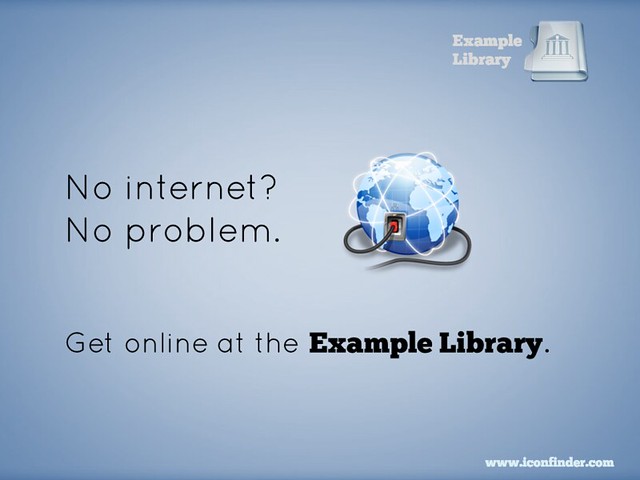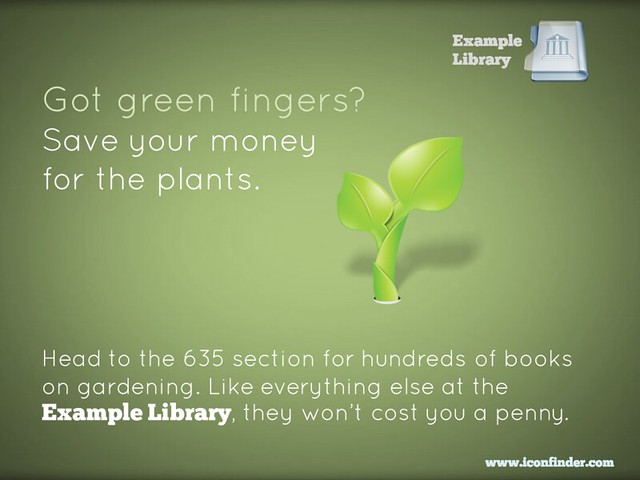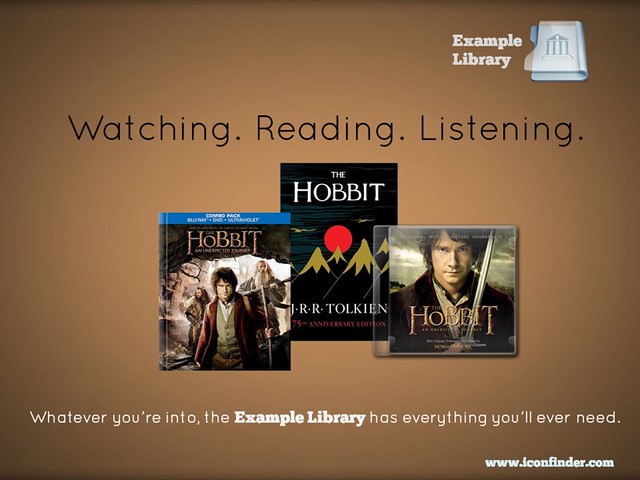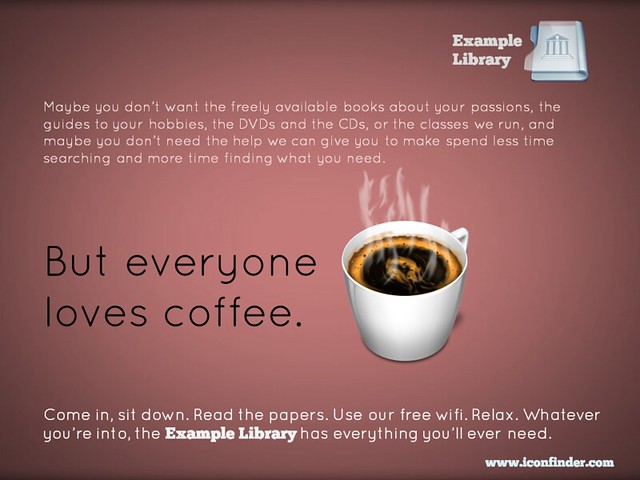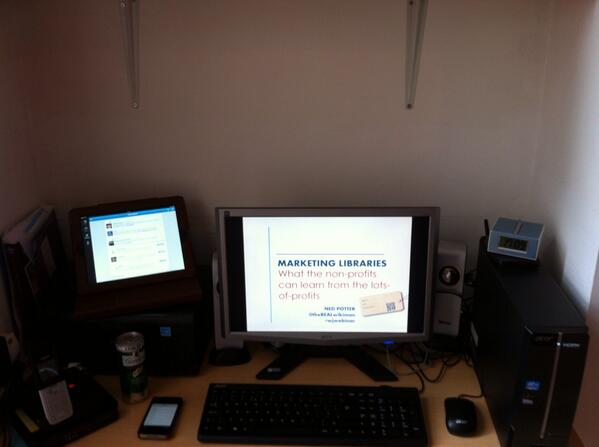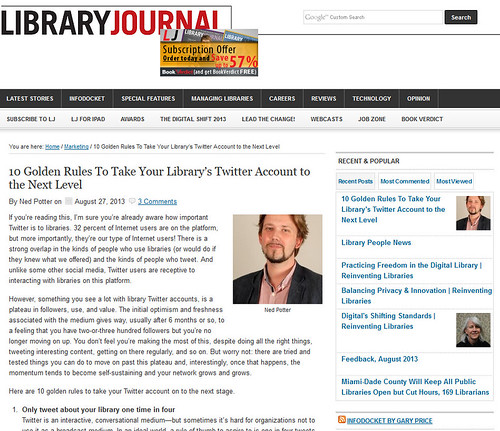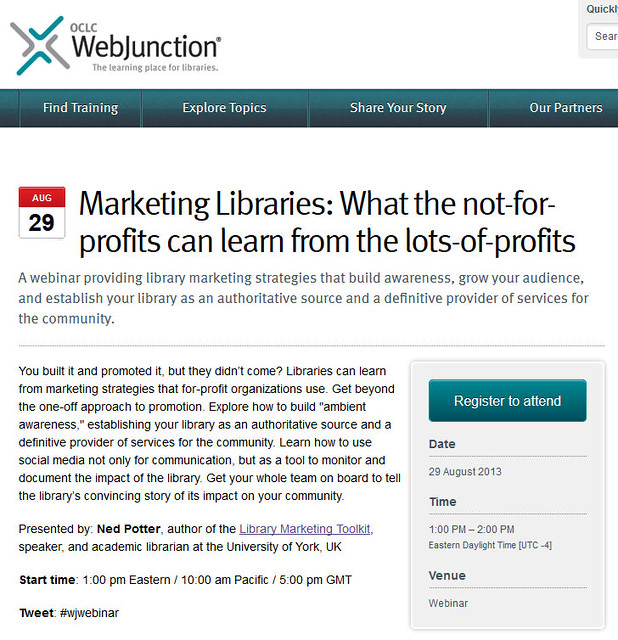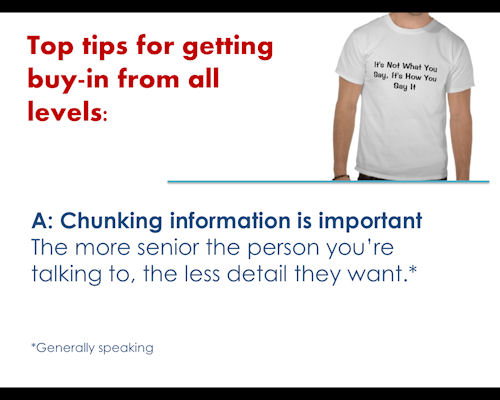A lot of the communication between Libraries and academic departments is just white noise, unless we tailor and personalise it. This takes a large amount of time, but the returns you get are absolutely huge - and this is the basis of my #BLAle14 keynote, a version of which is here:.
Tuning out the white noise: marketing your library services from Ned Potter
For context, here's the Twitter back-channel during the presentation - divided into sections so you can read along with the slides if you're especially keen. There's more on the conference itself below the Storify.
=======
The BLA
I became a Business Librarian this year, when I took over looking after the York Management School alongside my other departments in January. I also took over our membership of the Business Librarians Association and have been looking forward to the BLA Annual Conference, which everyone told me was excellent. And it was! I had a great time, it was great to catch up with old friends and make new ones, and I very much appreciate Nathan and the organisers inviting me to speak. As I said in my talk, I've found the BLA to be an extremely useful and helpful organisation to be a part of, so if anyone reading this looks after a Business School but isn't a member, I'd recommend signing up.
I was only able to attend two days of the conference but for me the highlights included:
- The National Space Centre where we were lucky enough to experience a Key Stage 2 film all about The Stars and that in the Planet-arium
- Very nice accomodation as part of the conference venue which made everything extremely easy - it's much more relaxing never having to worry about travelling from a hotel etc, so other conference organisers take note
- A very interesting presentation about The Hive in Worcester - the UK's first joint public and academic library, from Stephanie Allen. I have to admit it never even occured to me that a public-academic library was possible, but although it sounds complicated Stephanie made a pretty convicing case for it being a great idea. It sounds like a great place - generally I have no interest in Libraries as places but I'd quite like to visit The Hive...
- Joanne Farmer showing us Northampton's very nicely done video on employability (which she scripted)
- Andy Priestner's very engaging talk about how UX in Libraries is very much a thing now - here's Andy's presentation on Slideshare, take a look .
I was sad to miss Aidan Smith's presentation on Occupye, used at Birbeck to show where there is seating free in the Library - this won the best short paper prize.
I thought the organisers did a great job, and it was the first conference I'd been to since LIASA so it felt great to be at that kind of event again. Thanks for having me!


